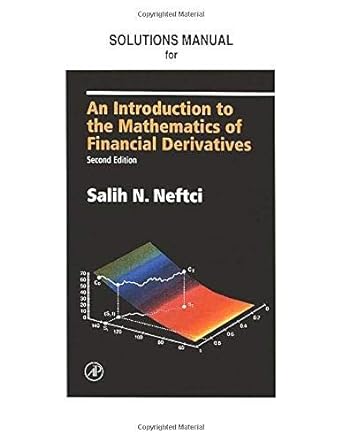Answered step by step
Verified Expert Solution
Question
1 Approved Answer
17,630 (205 units @ $86) Cash $17,600 Beginning inventory Common stock 15,600 Retained earnings 19,630 The following five transactions occurred in Year 2 1. First
17,630 (205 units @ $86) Cash $17,600 Beginning inventory Common stock 15,600 Retained earnings 19,630 The following five transactions occurred in Year 2 1. First purchase (cash) 120 units @ $88 2. Second purchase (cash) 195 units @ $96 3. Sales (all cash) 355 units $200 4. Paid $15,300 cash for salaries expense 5. Paid cash for income tax at the rate of 25 percent of income before taxes Required a. Compute the cost of goods sold and ending inventory, assuming (1) FIFO cost flow. (2) LIFO cost flow, and (3) weighted-average cost flow b. Use a vertical model to show the Year 2 income statement, balance sheet, and statement of cash flows under FIFO, LIFO, and weighted average. (Hint Record the events under an accounting equation before preparing the statements.) Req A Req B1 Req B2 Req B3 Compute the cost of goods sold and ending inventory, assuming (1) FIFO cost flow, (2) LIFO cost flow, and (3) weighted- average cost flow. (Do not round intermediate calculations. Round your answers to nearest whole dollar amount.) Cost of goods sold Ending inventory FIFO LIFO Weighted Average WALL'S CHINA SHOP Income Statements For the Year Ended December 31, Year 2 Salaries expense Income before tax FIFO LIFO Weighted Average Assets WALL'S CHINA SHOP Balance Sheets As of December 31, Year 2 FIFO LIFO Weighted Average Total assets S 05 0 $ 0 Stockholders' equity WALL'S CHINA SHOP Statements of Cash Flows For the Year Ended December 31, Year 21 Cash flows from operating activities Net cash flows from operating activities Cash flows from investing activities Cash flows from financing activities Net change in cash Ending cash balance FIFO LIFO Weighted Average 0 0 0 0 0 0 SOS 0 $ 0
Step by Step Solution
There are 3 Steps involved in it
Step: 1

Get Instant Access to Expert-Tailored Solutions
See step-by-step solutions with expert insights and AI powered tools for academic success
Step: 2

Step: 3

Ace Your Homework with AI
Get the answers you need in no time with our AI-driven, step-by-step assistance
Get Started


